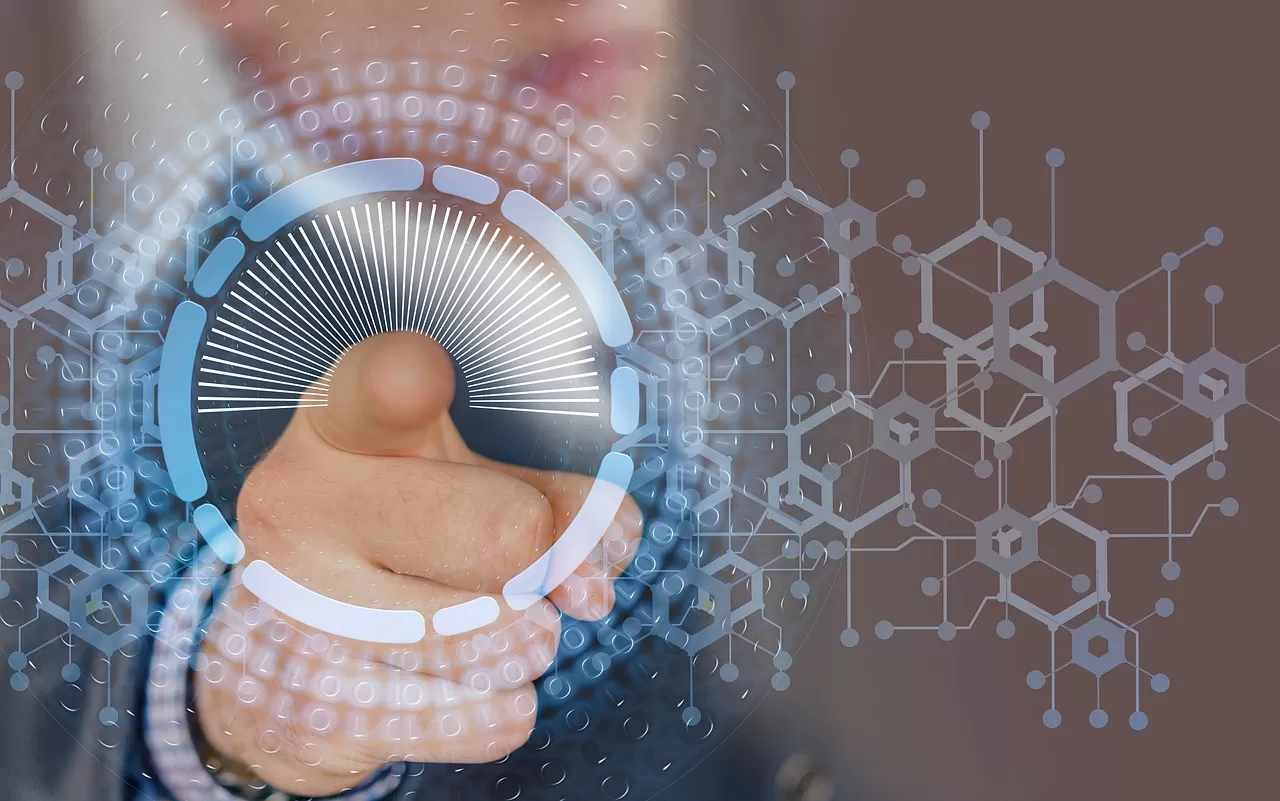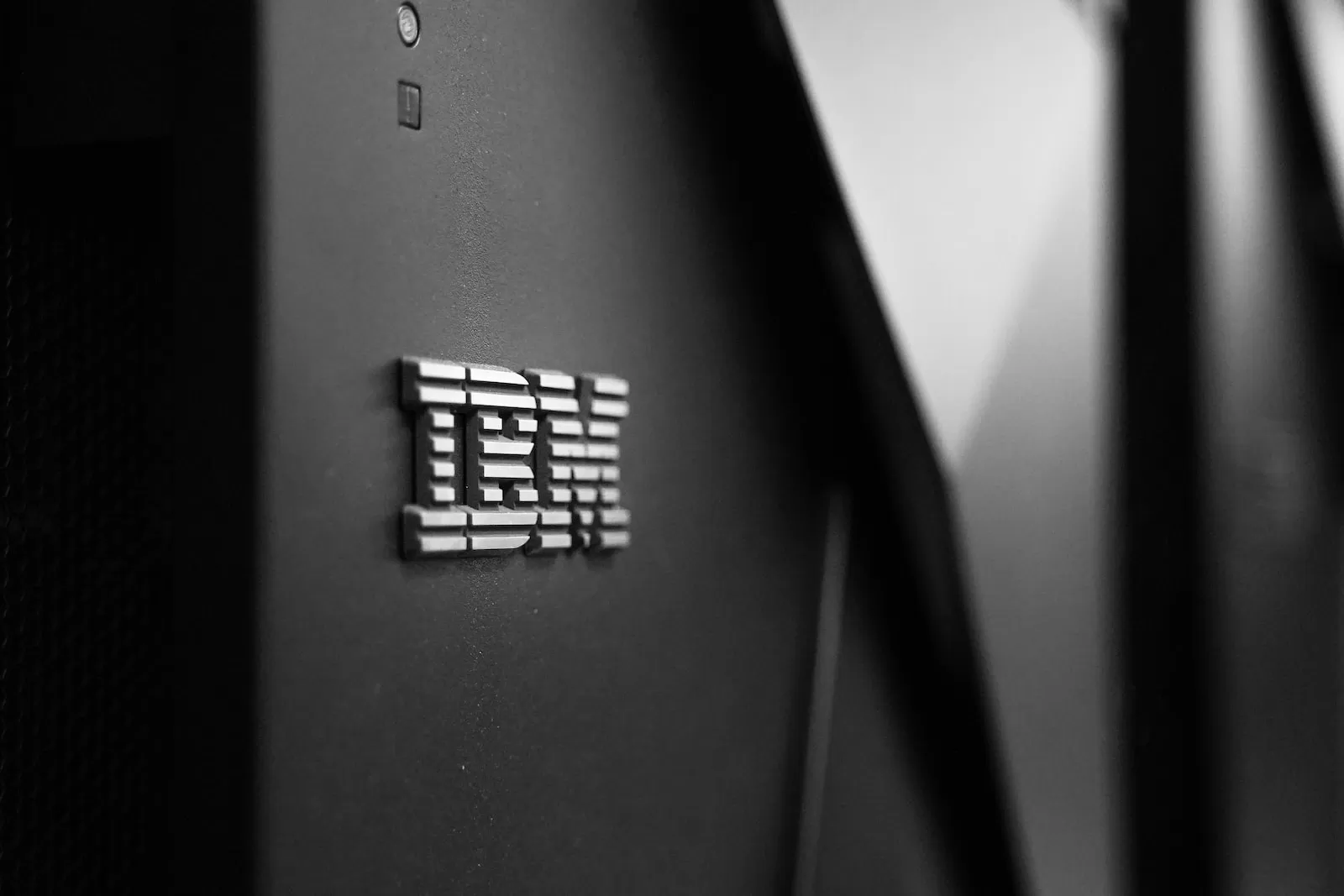Email security has become increasingly important with the growing popularity of digital communications. Whether it’s an email from a friend or an important document from a colleague, protecting your mail is essential. An Essential Guide to email Security will provide readers with the essential information and strategies needed to secure their emails, files, and data from hackers and other cyber threats. This article will discuss common mail security threats, the benefits of implementing proper mail security measures, and offer practical tips for keeping your mail secure.
Why Email Security is important ?
Email security is critical for any business, organization or individual that uses email. In today’s digital age, it’s essential that you take the right steps to protect your confidential information and data from malicious actors and cybercriminals. This essential guide to mail security will provide you with the knowledge necessary to ensure your emails are safe from any potential threats.
Email is one of the most common methods used by hackers when attempting to gain access to private data or networks. Unsecured messages can be intercepted and read by criminals who can then use this information for their own criminal activities such as identity theft or financial fraud. By following simple mail security protocols, businesses can limit their exposure to these threats and reduce their risk of suffering a costly breach. Additionally, implementing strong authentication measures can help protect accounts from unauthorized access attempts.
Protecting Email Accounts: Passwords, 2FA
When it comes to securing email accounts, there are several important steps that need to be taken. As an essential guide to email security, this article will provide insight into the best practices for protecting email accounts with passwords and two-factor authentication (2FA).
Passwords are the primary way of keeping unauthorized users out of an account. It is important to choose a password that is strong and unique. Additionally, using a combination of numbers, letters and symbols can further strengthen passwords and protect against potential hackers.
Two-factor authentication (2FA) is another key element in safeguarding email accounts from unwanted intrusions. This added layer of security requires users to prove their identities by providing something they know (password) as well as something they have (smartphone or physical token). This helps ensure that only legitimate users can access the account no matter how strong the password may be.
Controlling Spam and Malware: Filters, Anti-Virus
Email is one of the most important tools in communication and business today. Unfortunately, it also opens up users to a variety of potential security threats, including spam and malware. To protect against these types of attacks, it is essential to have a comprehensive strategy in place that includes filters, anti-virus software, and other security measures. This guide will explain how to keep your emails secure by using filters and anti-virus solutions as part of an effective mail security program.
Filters are tools that are used to determine which emails should be allowed into an inbox or sent out from an email account. Filtering can help block unwanted messages from being delivered or received, as well as detect malicious content before it reaches its intended destination. Anti-virus software scans incoming messages for known viruses or suspicious activities and can help identify any viruses that may have gotten through the filter system.

Securing Email Servers: Encryption, Firewalls
Email security is an essential part of protecting your data, and the best way to guarantee secure emails is by utilizing encryption and firewalls. Encryption helps to keep sensitive data safe by scrambling it into a code that cannot be deciphered without a specific key or password. Firewalls are also critical at preventing hackers from accessing your network or email servers.
This guide will offer advice on how to ensure your email server is secure while providing tips on how to set up encryption and firewall protocols. Whether you own a business, use email for personal communication, or both, securing your email servers with encryption and firewalls should be one of the top priorities when it comes to protecting the data that passes through them.
Physical Security of Devices: Locking, Backups
For companies that rely on the safekeeping of sensitive data, the physical security of their devices is just as important as their digital security. Devices with access to corporate emails are particularly vulnerable to theft and corruption, so it’s essential they be protected by two layers of defense: locking and backups. Locking devices makes them more difficult to steal or tamper with, while making regular backups gives organizations a way to restore lost data if something happens to the device itself.
Locking devices can take several forms, such as cable locks that attach computers or laptops directly to desks, lockable cabinets for servers or other storage media, and even biometric security measures like fingerprint scanners. For mobile phones and tablets, users should keep track of their passcodes or use an app-based authentication system for added protection.
Training Employees on Security Practices
Training Employees on Security Practices is an essential component of any organizations’ email security plan. An organization’s responsibility to protect confidential information and combat cyber threats is ongoing, requiring constant vigilance and awareness of the ever-changing landscape. Every employee should understand the importance of email security and have knowledge of best practices.
Organizations must develop a comprehensive training program to ensure employees are up-to-date with security protocols. This program should include interactive content that provides detailed instructions on how to avoid phishing scams, use complex passwords, operate safely while working remotely, and more.
Additionally, organizations may want to consider investing in additional resources such as online courses or webinars that can help educate employees about current cyber threats and how to protect themselves against them.
Conclusion
As the world of communication continues to shift from traditional snails-mail to emails, it’s important for businesses and individuals alike to be aware of the risks associated with email security. An Essential Guide to Email Security has highlighted the various steps that can be taken in order to ensure emails are kept secure and private.
By encouraging users to use strong passwords, two-factor authentication when possible and other protective measures, companies can protect their data from potential cyber criminals looking to access sensitive information. Additionally, by educating employees on how they should handle suspicious messages or links they may receive while using their business email accounts, organizations can further reduce the risk of being targeted by malicious threats.
By following these best practices in an email security strategy, organizations can increase their overall security posture and reduce the chances of being compromised by a data breach.















